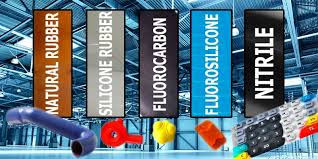The most fundamental reason for pneumatic conveying is that suspended bulk such as chemicals, pellets, tablets, fine powders and other small elements are transferred from a supply source to a point of distribution transported by pipes or hoses in a uniform current.

A high air velocity and low solids-to-air ratio is created by the application of air supplied by a blower or vacuum pump, which pushes the materials through the tubing or hoses. In the case of a spill, the presence of the vacuum prevents the chance of the substance from being released into the atmosphere.
The two main types of Vacuum Conveying are :
- – Dilute Phase – the substance is drawn into the air stream in equal sections of the product to the air. This is a perfect way for powders like flour or sugar to be transported across short or long distances of a manufacturing or industrial plant.
- – Dense Phase – materials are moved inside the conveyor tube in slugs. This method is slower and ideal for a mixture of powders or friable materials. Again the distance that the items need to be moved over can vary depending on the individual business needs.

A company such as Aptech.uk.com will be able to advise you which type of conveying is most appropriate for your business needs taking into account the budget that you have available, the size of your manufacturing plant and the items that you need to be conveying.










+ There are no comments
Add yours